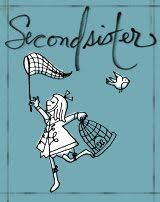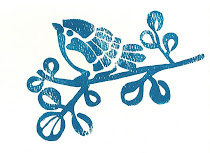The other day it finally hit me. I want a terrarium. Not a simple one either. I want a full on, Victorian glass and iron, free standing terrarium with orchids and ferns. Why, oh why can't I ever like the cheap solution?
The good ones start at around $300 and go up. It is an item I will have to save for and convince Sugar Daddy of it's artistic value. Wish me luck.


Terrariums were invented by Nathaniel Ward, an English physician and botanist who placed a cocoon in a closed jar for observation and soon noticed ferns growing in dirt at the jar’s bottom. They continued to grow and thrive in the protected, humid environment, although they died when he tried to grow them outdoors in London’s polluted air. Ward concluded that many plants that could not survive in the outdoor climate and air conditions could live quite healthily in the biospheres he built and called ferneries, one of which has been preserved by the Smithsonian Institution.

The doctor’s discovery led to a new horticultural era. Rare plants could be transported across continents and climate zones in what became known as Wardian cases, and wealthy British families started commissioning elaborate versions for their living rooms. The word “terrarium,” from the Latin ”terra,” meaning “earth,” is commonly used in the U.S.
If you have been blessed with simple taste, you need not spend a lot to create your own terrarium. A bell jar makes a fabulous, smaller, environment for a little garden, as does a apothecary jar or even, (if you aren't into aesthetics) a milk jug. Visit a good (read- not Home Depot or Lowe's) nursery and ask someone to help you select a few plants that thrive in glass house conditions.
If you are feeling inspired, and actually do assemble a terrarium, send me a pic. I'd love to see what other people are doing.























 Stumble It!
Stumble It!

No comments:
Post a Comment